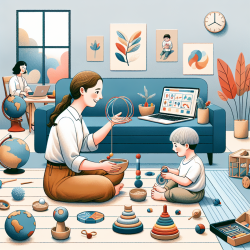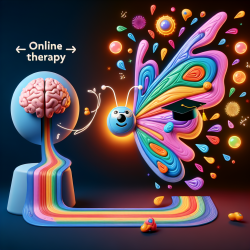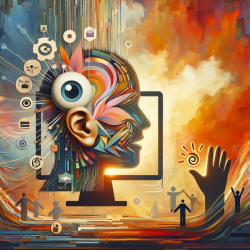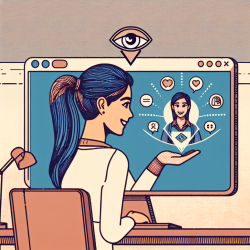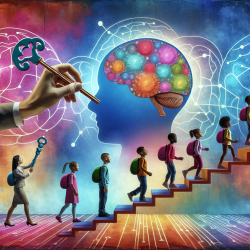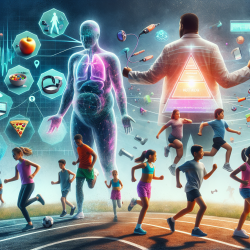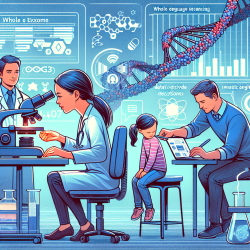Attention Deficit Hyperactivity Disorder (ADHD) affects approximately 5% of children globally, leading to significant impacts on their academic performance, social interactions, and overall quality of life. Traditional treatments often include stimulant medications, which, while effective for some, are not suitable for all due to adverse effects and limited long-term adherence. This blog explores the findings of a comprehensive study on anthroposophic therapy for ADHD, offering practitioners actionable insights to improve therapeutic outcomes for children.
Understanding Anthroposophic Therapy
Anthroposophic therapy, rooted in the holistic principles of anthroposophic medicine, includes a combination of artistic and physical therapies alongside specialized medications. The primary therapies employed are:
- Eurythmy Therapy: Involves rhythmic movement exercises designed to harmonize physical and cognitive functions.
- Art Therapy: Utilizes creative activities such as painting, drawing, and sculpting to enhance emotional and cognitive well-being.
- Rhythmical Massage Therapy: A specialized form of massage aimed at balancing the body's sensory and motor functions.
Study Findings: Significant Improvements
The study, conducted over two years with 61 children diagnosed with ADHD, demonstrated significant improvements across multiple measures. Key findings include:
- A 0.30-point reduction in ADHD symptoms as measured by the FBB-HKS total score.
- Improvements in inattention (0.36 points), hyperactivity (0.29 points), and impulsivity (0.22 points).
- Enhanced quality of life, with a 5.37-point increase in the KINDL total score.
These improvements were consistent and sustained over the two-year period, with 90% of the patients not using stimulant medications during the initial six months.
Practical Implementation
Practitioners looking to integrate anthroposophic therapy into their treatment plans can consider the following steps:
- Training and Certification: Ensure that therapists are certified in anthroposophic methods, which involves structured training programs.
- Holistic Assessment: Conduct thorough assessments that consider the child's physical, emotional, and social context.
- Tailored Therapy Plans: Develop individualized therapy plans that may include a combination of eurythmy, art therapy, and rhythmical massage, tailored to the child's specific needs.
Encouraging Further Research
While the study provides robust evidence supporting the efficacy of anthroposophic therapy for ADHD, further research is essential to explore its mechanisms and optimize treatment protocols. Practitioners are encouraged to contribute to this growing field by participating in research studies and sharing clinical outcomes.
To read the original research paper, please follow this link: Anthroposophic therapy for attention deficit hyperactivity: a two-year prospective study in outpatients.
